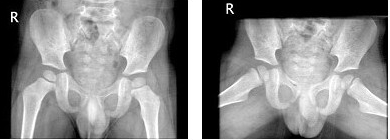问题
默写题
补写出下列名篇名句中的空缺部分。(任意选做五小题)
(1)桑之未落,_______________。(《诗经·氓》)
(2)故木受绳则直,________________。(苟子《劝学》)
(3)________________,长路漫浩浩。(《古诗十九首·涉江采芙蓉》)
(4)________________,化为狼与豺。(李白《蜀道难》)
(5)________________,凝绝不通声暂歇。(白居易《琵琶行》)
(6)知不可乎骤得,________________。(苏轼《赤壁赋》)
(7)箫鼓追随春社近,________________。(陆游《游山西村》)
(8)满地黄花堆积,憔悴损,_______________。(李清照《声声慢》)
答案
(1)其叶沃若
(2)金就砺则利
(3)还顾望旧乡
(4)所守或匪亲
(5)冰泉冷涩弦凝绝
(6)托遗响于悲风
(7)衣冠简朴古风存
(8)如今有谁堪摘

